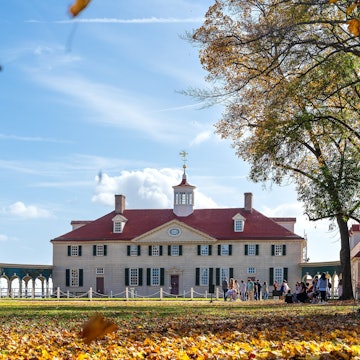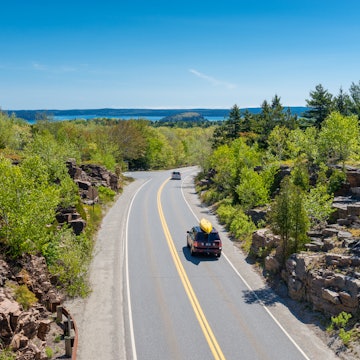

Get to know Washington, DC, with this walking tour along the National Mall. Getty Images
This article is adapted from the most recent Pocket Washington, DC guidebook written by Karla Zimmerman.
Folks often call Washington, DC’s National Mall “America’s Front Yard.” It is indeed a lawn, unfurling 2 miles of scrubby green grass from the Capitol west to the Lincoln Memorial. It’s also where citizens come to protest their government and connect with the nation’s most-cherished ideals writ large in monuments and museums. Iconic monuments dot the grounds to the west, hulking Smithsonian museums to the east, and at the northern edge, the White House.
Exploring each of the Mall’s museums, monuments and memorials would take days, and museum fatigue will hit quickly if you try to do too much. This is a hit parade of DC’s most celebrated sights. Start early, especially in summer, to avoid the crowds and the heat.
How to get to and around the National Mall
Take the Metro to Smithsonian (Orange, Silver and Blue Lines) and L’Enfant Plaza (Orange, Silver, Blue, Green and Yellow Lines) for most sights. Get off at Foggy Bottom-GWU (Orange, Silver, Blue Lines) for the Lincoln and Vietnam Memorials – though they’re about a mile from the station.
Most visitors choose to walk between stops. The DC Circulator National Mall bus leaves Union Station and travels around the Mall and Tidal Basin, stopping at the main sights.
Where to eat on the National Mall
The Mall is lacking in eating and drinking choices. The best option is to head to the cafes in the National Museum of African American History & Culture, National Museum of the American Indian or the National Gallery of Art Sculpture Garden at the start of the lunch period to score a table and have first dibs at the dishes in the bains-marie.
The route
Start: Vietnam Veterans Memorial
Finish: White House
Distance: 4 miles, 1.5 hours without stops
Now that you have your bearings, let’s begin our walking tour of the Mall’s top sites. This is a packed itinerary, so if you want to linger longer at each stop, split it up over a couple of days.

1. Vietnam Veterans Memorial
The Vietnam Veterans Memorial reflects a roll call of the war’s 53,000-plus American casualties. The wall lists soldiers’ names chronologically according to the date they died (and alphabetically within each day). Check the symbol beside each name. A diamond indicates "killed, body recovered;" a plus sign indicates "missing and unaccounted for." There are approximately 1200 of the latter. If a soldier returns alive, a circle is inscribed around the plus sign. To date, no circles appear.
Top tip: Paper indices at each end of the wall let you look up individual names and get their panel location. Or you can look electronically via the Vietnam Veterans Memorial Fund, which also provides photos and further info on each name.
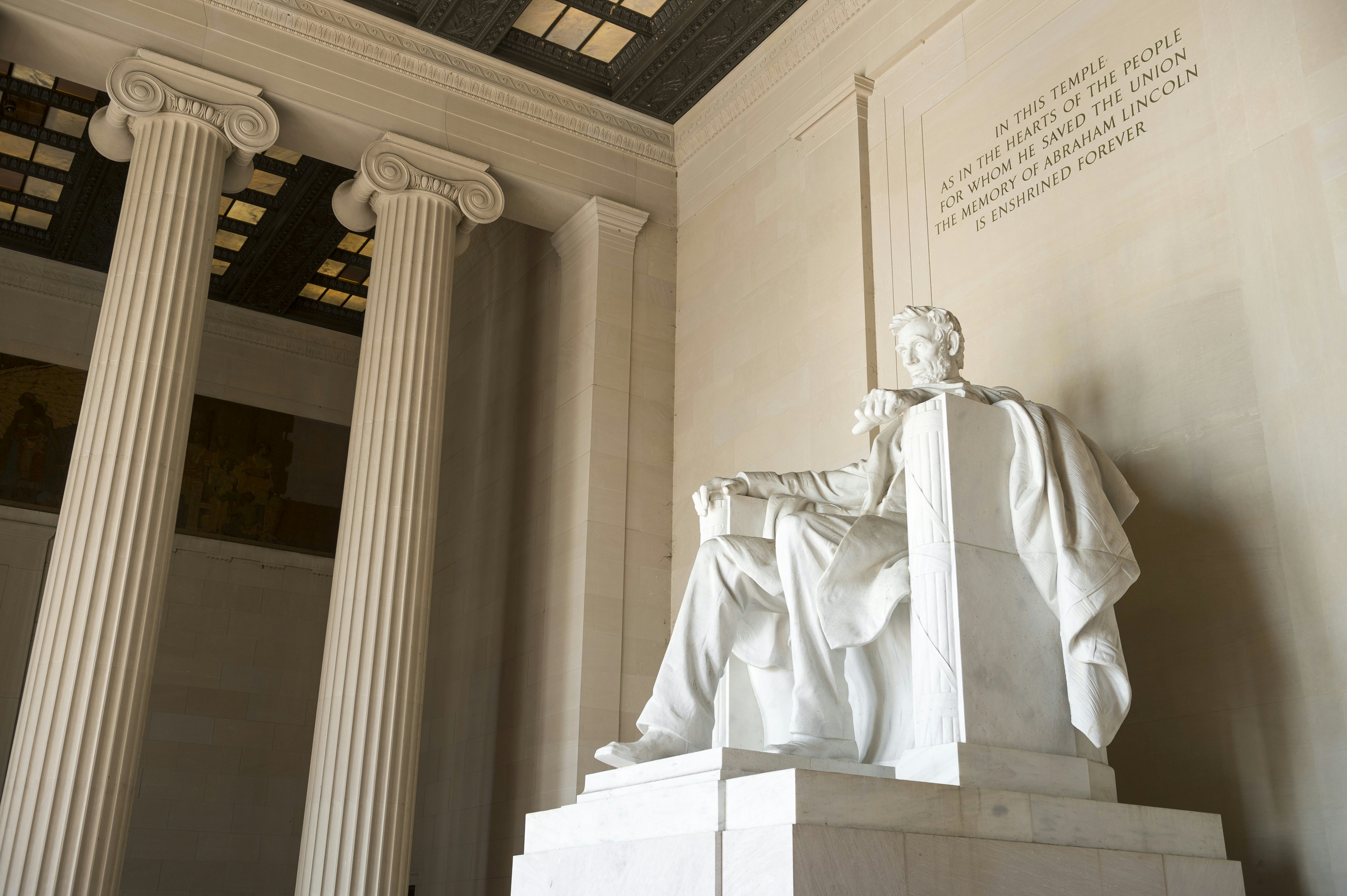
2. Lincoln Memorial
Follow the masses to the Lincoln Memorial. Whatever the lure, a visit here while looking out over the Reflecting Pool is a defining DC moment. Commune with Abe in his chair (his face and hands are particularly realistic since they are based on castings done when he was president), then head down the steps to the marker where Martin Luther King Jr gave his "Dream" speech. From here, the view of the Reflecting Pool and Washington Monument is one of DC’s best. The Reflecting Pool was modeled on the canals at Versailles and Fontainebleau.
Top tip: For an even better experience, visit the memorial at night. It’s well-lit and particularly atmospheric once the sun sets (plus there’s less crowd jostling).

3. Martin Luther King Jr Memorial
Mosey to the Tidal Basin; the Martin Luther King Jr Memorial stands by the water. Opened in 2011, this was the first Mall memorial to honor an African American. Besides Dr King’s striking, 30-ft-tall image, known as the Stone of Hope, there are two blocks of granite behind him that represent the Mountain of Despair. A wall inscribed with King’s powerful quotes about democracy, justice and peace flank the piece.
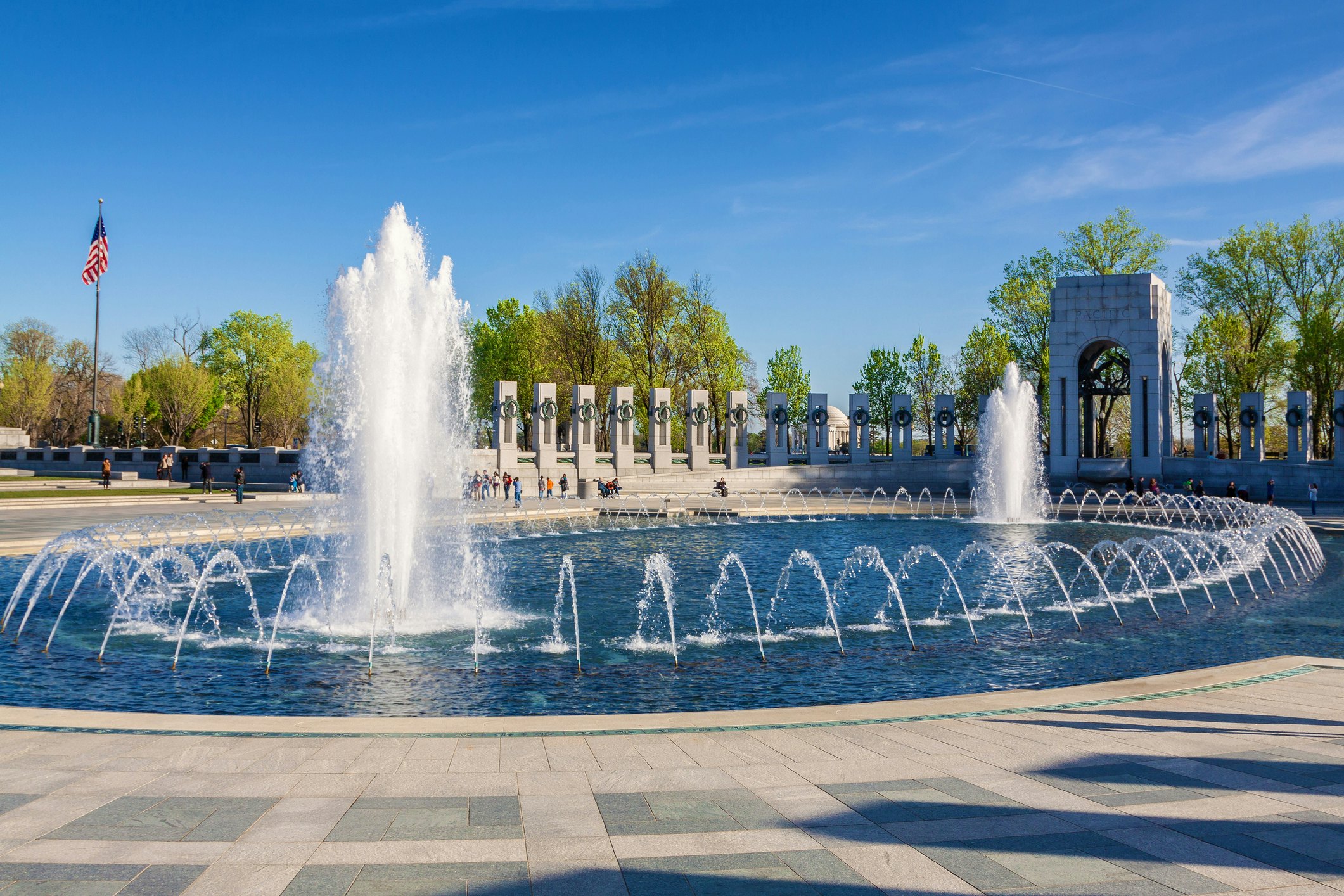
4. National WWII Memorial
Stop at the end of the Tidal Basin, and you’ve arrived at the National WWII Memorial. Dedicated in 2004, this grandiose memorial honors the 16 million US soldiers who served in WWII. Groups of veterans regularly come here to pay their respects to the 400,000 Americans who died as a result of the conflict. The Freedom Wall is studded with 4048 hand-sculpted gold stars, one for every 100 Americans who lost their lives in the war (the stars are replicas of those worn by mothers who lost their sons in the fighting). Bas-relief panels depict both combat and the mobilization of the home front. There’s also an information kiosk where you can look through the registry of war veterans.

5. Washington Monument
As you approach the Washington Monument look a third of the way up. See how it’s slightly lighter in color at the bottom? Builders had to use different marble after the first source dried up. Rising on the Mall like an exclamation point, this 555-ft obelisk embodies the awe and respect the nation felt for George Washington, the US’ first president and founding father. It’s DC’s loftiest structure, and by federal law, no local building can reach above it.
If you want to go inside the monument, an elevator takes you to the sky-high observation deck that provides grand city vistas. On the way back down, the elevator slows so you can glimpse some of the 195 memorial stones that decorate the shaft’s interior. You’ll need a ticket to get in. Same-day passes are available at the kiosk by the monument, but during peak season, reserve tickets in advance. Allow an hour for your visit from start to finish.
Top tip: Don’t bring food, drinks or large backpacks. You’re not allowed to take them up to the observation deck, and there are no storage lockers to put them in at the entrance.

6. National Museum of African American History & Culture
On the other side of the Washington Monument, this sensational museum covers the diverse African American experience and how it helped shape the nation. Start downstairs in the sobering "Slavery and Freedom" exhibition and work your way up.
On the 2nd floor, look for the stools from a segregated Woolworth’s lunch counter at Greensboro, North Carolina – the site of a 1960 sit-in that led to the company's removal of its policy of racial segregation. The community and culture galleries on the 3rd and 4th floors celebrate African American achievements in sports, music, theater and visual arts.
Top tip: This museum is very popular, and daily visitor numbers are capped; it’s best to book online months in advance or try for one of the same-day tickets released online at 6:30am daily.

7. National Air and Space Museum
Cross over the lawn, step inside the Air and Space Museum and gaze up. Lindbergh’s Spirit of St Louis and Chuck Yeager’s sound barrier-breaking Bell X-1 are among the history-making machines that hang from the ceiling. The Wright Brothers get their own gallery (2nd floor), and its centerpiece is the 1903 biplane they built and flew at Kitty Hawk, North Carolina in 1903. That’s right: the world’s first airplane is here. On the same floor, Amelia Earhart’s natty red Lockheed 5B Vega shines in the Pioneers of Flight gallery (2nd floor).
Other highlights include the Apollo Lunar Test Module (resembling the module that Neil Armstrong and Buzz Aldrin stepped out of as the first men on the moon), Skylab (America’s first space station, and How Things Fly, an interactive, kid-friendly exhibit where you can find out your weight on the moon and see a wind tunnel in action.
Top tip: Download the museum’s free GO FLIGHT app, either before you arrive or on-site using the free wi-fi. It provides extra content about popular items in the collection.

8. National Gallery of Art
Walk across the Mall to the neoclassical west building of the National Gallery of Art, home to an extraordinary collection of art spanning the Middle Ages to the present. It’s one of America’s greatest cultural institutions.
The neoclassical West Building showcases European art through to the early 1900s; highlights include works by Manet, Monet and Van Gogh, with the western hemisphere’s only Leonardo da Vinci painting on display in Gallery 6. The IM Pei-designed East Building displays modern and contemporary art – don’t miss Pollock’s Number 1, 1950 (Lavender Mist), Picasso’s Family of Saltimbanques and the massive Calder mobile specially commissioned for the entrance lobby. An underground walkway connects the buildings and is made extraordinary by Leo Villareal’s light sculpture, Multiverse.
Top tip: If you’re short on time, take the free, multilanguage “Director’s Tour” audio guide, which introduces the gallery’s highlights. It’s available from a desk near the main entrance.

9. National Archives
Enter the rotunda at the National Archives. The Declaration of Independence, Constitution and Bill of Rights unfurl on parchment under glass. The star documents are laid out chronologically from left to right in the rotunda. Don’t expect to linger over any of them – guards make you keep moving.
Top tip: In spring and summer, reserve tickets in advance on the website for $1.50 each. This lets you go through the fast-track entrance on Constitution Dr, rather than the general entrance, where lines can be lengthy.
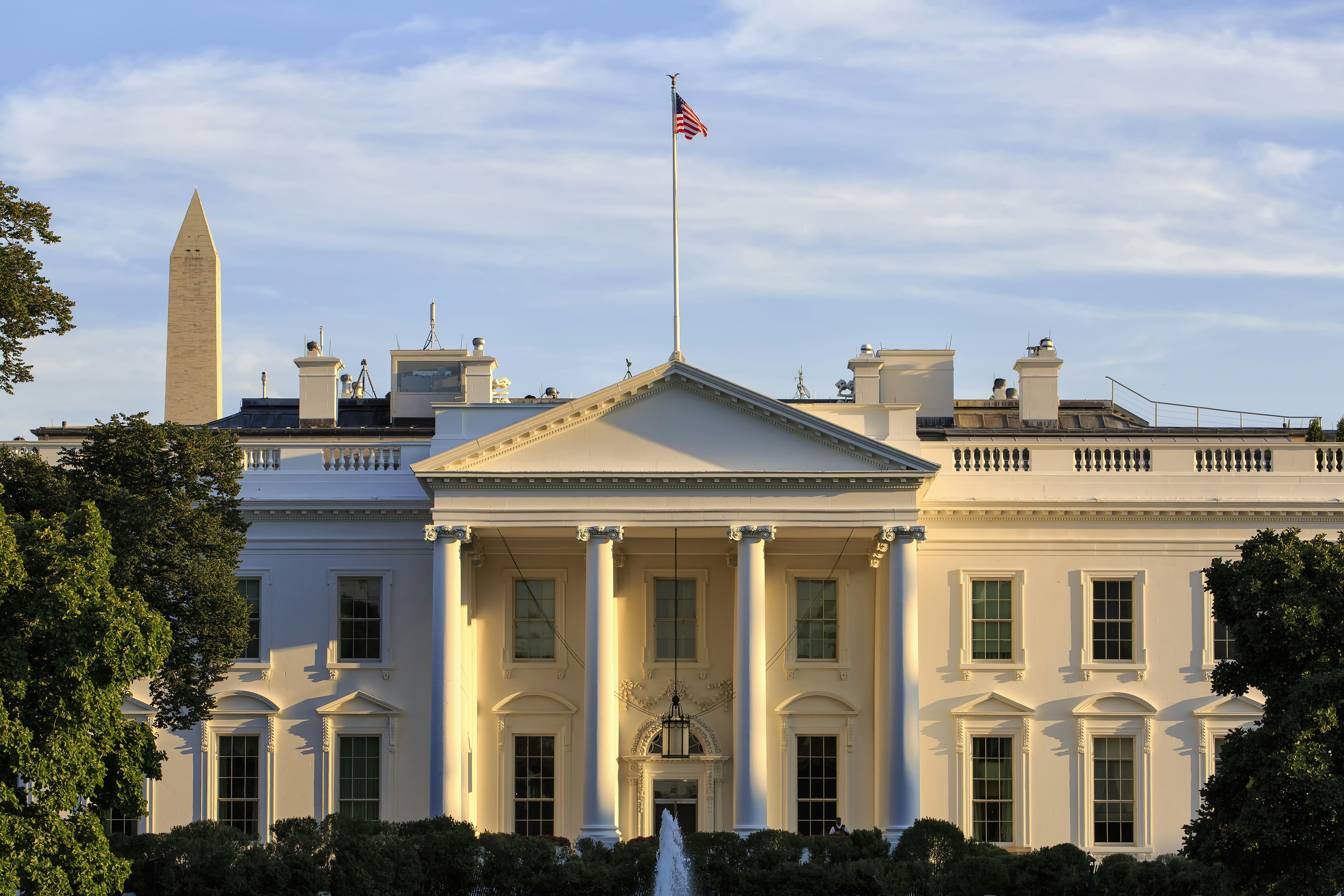
10. White House
Stroll up Pennsylvania Ave to E St NW and the White House and snap pictures across the South Lawn. The White House stuns visitors with its sense of pomp and circumstance, yet it also charms with little traces left behind by those who have lived here before, which includes every US president since John Adams. Icon of the American presidency? Yeah. But it’s also someone’s home. Bonus points if you capture a helicopter landing on the grass.










